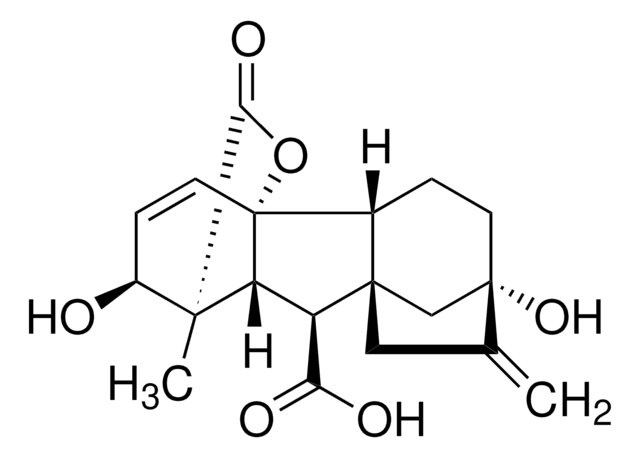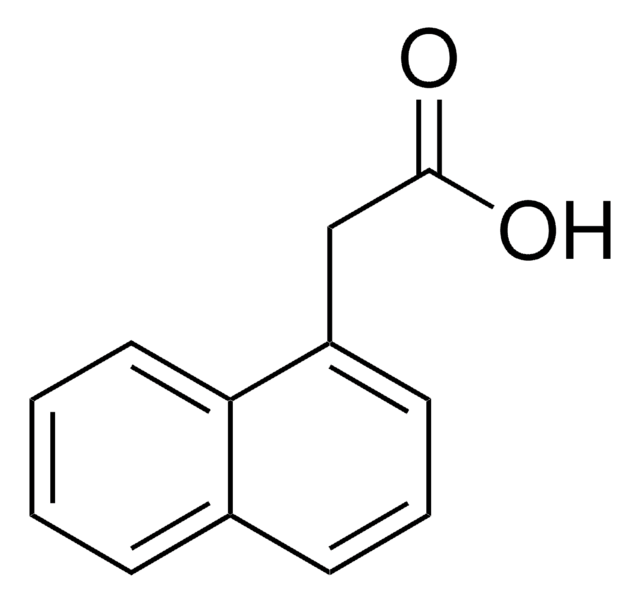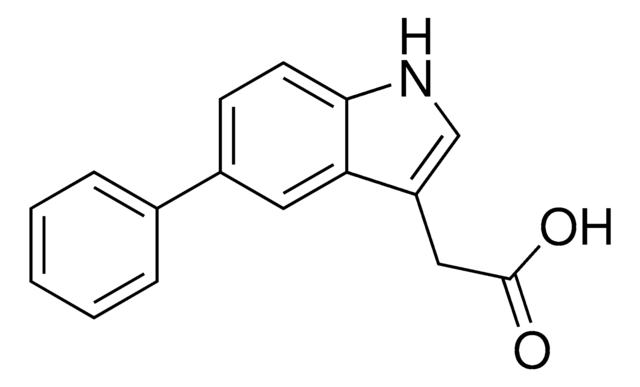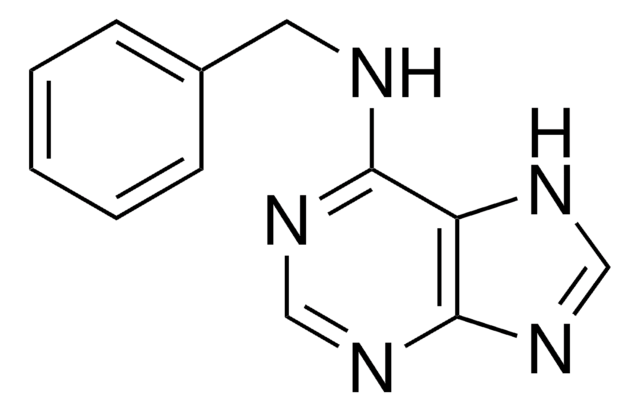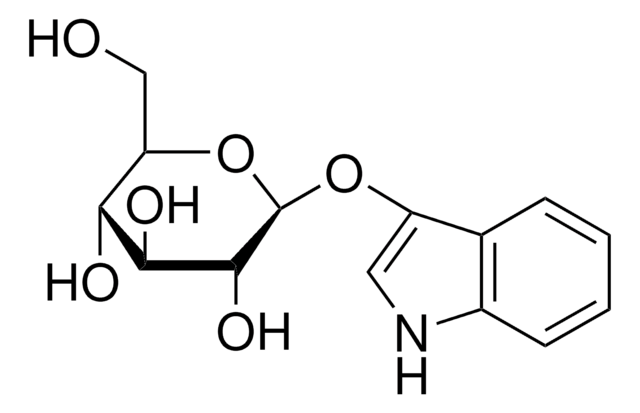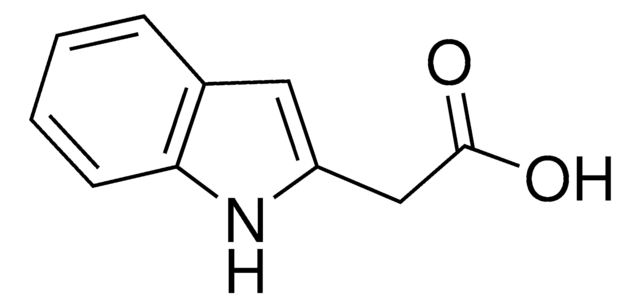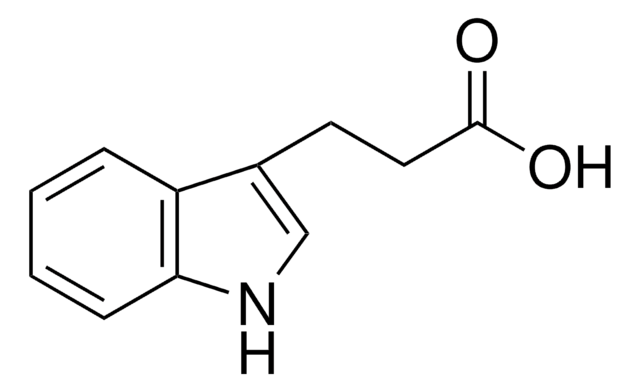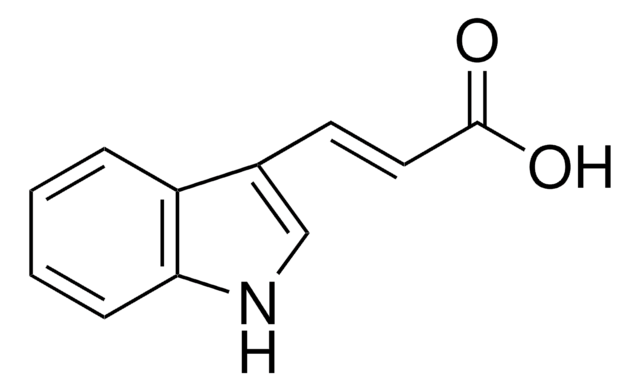I5148
Indole-3-acetic acid sodium salt
suitable for plant cell culture, BioReagent, ≥98%
Sinônimo(s):
3-IAA, IAA, indolylacetic acid, Heteroauxin
About This Item
Produtos recomendados
grau
Molecular Biology
for molecular biology
linha de produto
BioReagent
Ensaio
≥98%
Formulário
powder
técnica(s)
cell culture | plant: suitable
solubilidade
H2O: soluble
adequação
suitable for (Plant cell culture)
aplicação(ões)
agriculture
temperatura de armazenamento
2-8°C
cadeia de caracteres SMILES
[Na+].[O-]C(=O)Cc1c[nH]c2ccccc12
InChI
1S/C10H9NO2.Na/c12-10(13)5-7-6-11-9-4-2-1-3-8(7)9;/h1-4,6,11H,5H2,(H,12,13);/q;+1/p-1
chave InChI
YGSPWCVTJRFZEL-UHFFFAOYSA-M
Descrição geral
Aplicação
- to alter the root developmental processes in Arabidopsis thaliana seedlings
- as a standard for the determination of IAA by high-performance liquid chromatography using Chlorella sorokiniana and Azospirillum brasilense sample culture media
- as one of the plant hormone to treat interspecific hybrids (Elaeis oleifera Cortés x Elaeis guineensis Jacq.) and study its effect on bunch formation in parthenocarpic fruits and oil production in oil palm
- as a supplement in culture media to induce mitotic slippage in human cell lines
- as a supplement in a shoot induction medium (SIM) for shooting and shoot elongation from explant
Ações bioquímicas/fisiológicas
Código de classe de armazenamento
11 - Combustible Solids
Classe de risco de água (WGK)
WGK 3
Ponto de fulgor (°F)
Not applicable
Ponto de fulgor (°C)
Not applicable
Equipamento de proteção individual
Eyeshields, Gloves, type N95 (US)
Escolha uma das versões mais recentes:
Já possui este produto?
Encontre a documentação dos produtos que você adquiriu recentemente na biblioteca de documentos.
Os clientes também visualizaram
Nossa equipe de cientistas tem experiência em todas as áreas de pesquisa, incluindo Life Sciences, ciência de materiais, síntese química, cromatografia, química analítica e muitas outras.
Entre em contato com a assistência técnica

